Insulating behind your thermostat will help your device accurately read your house's air temperature. However, you might wonder how to do it quickly and easily. Wonder no more! This article will tell you how you correctly insulate behind your thermostat.
Insulating your behind thermostat doesn't need a complex process and wouldn't take much of your time to do it right. All you need to do is to properly seal the hole behind your thermostat.
Here are the common insulations you can use:
- Duct tape.
- Foam tape.
- Foam boards.
- Reflective foil.
- Plumber putty.
- Spray base insulation.
- Any tiny pieces of fiberglass batt and roll insulation can also work.
In addition, insulated base insulation between your wall and thermostat offers a long-lasting solution to this matter. So that's a great alternative way you'll have to consider.
That was easy, was it? Stay with us and keep on reading because there's so much information below waiting for you. As we're going to walk you through the proper placement of your thermostat. We will also address the other key points of this topic. With that said, let's jump right into the discussion!
![Furnace thermostat installation wire plate, How To Insulate Behind My Thermostat [Quickly & Easily]](https://hvacseer.com/wp-content/uploads/2022/09/How-To-Insulate-Behind-My-Thermostat-Quickly-Easily.jpg)
Is It Necessary To Insulate Behind Thermostat?
Thermostats are devices that regulate and maintain the heating and cooling demands in your home. As you know, behind the thermostat is a plate and a tiny hole. This hole acts as an opening for the air coming from your wall cavity or crawlspaces.
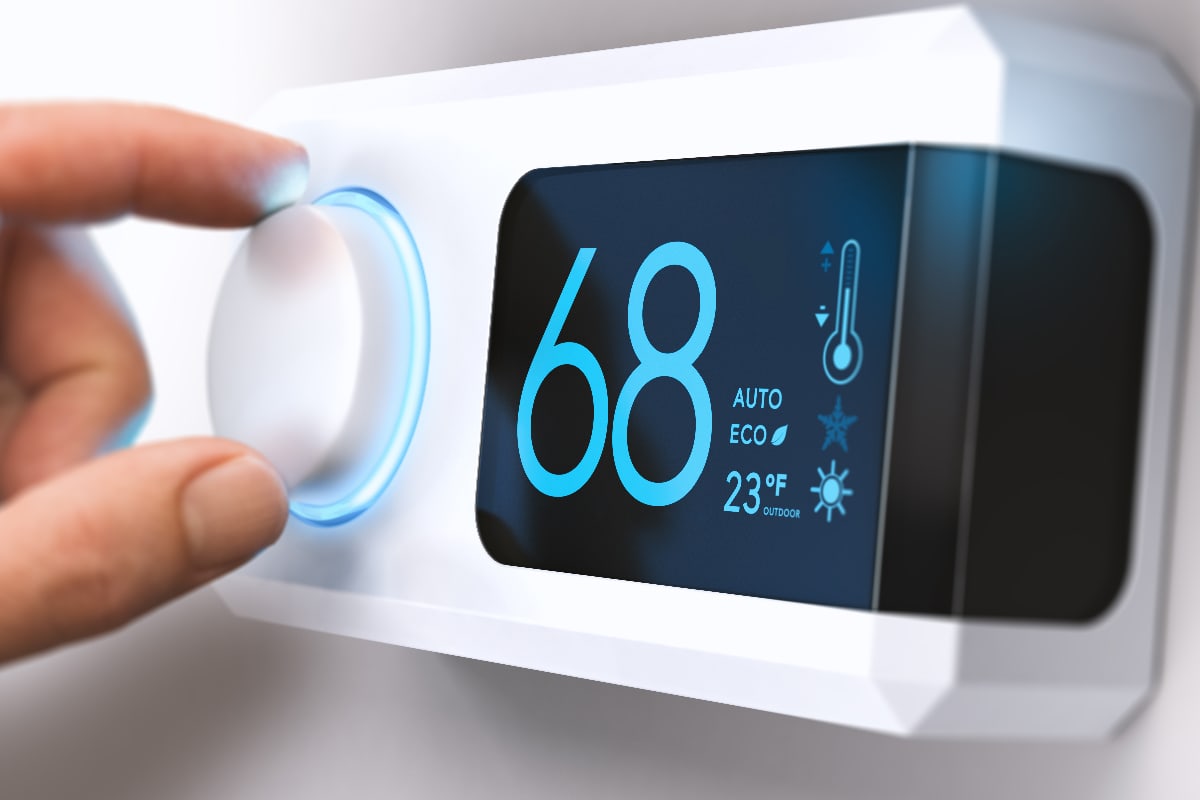
It is crucial to secure that hole because any air coming from it can affect the thermostat's thermal reading. Moreover, when the system detects a wrong reading, it signals its panel to compensate for that hot or cool demand loss. As a result, your HVAC units also receive wrong commands, making them inefficient as well.
How Do You Insulate The Thermostat Back Plate Hole?
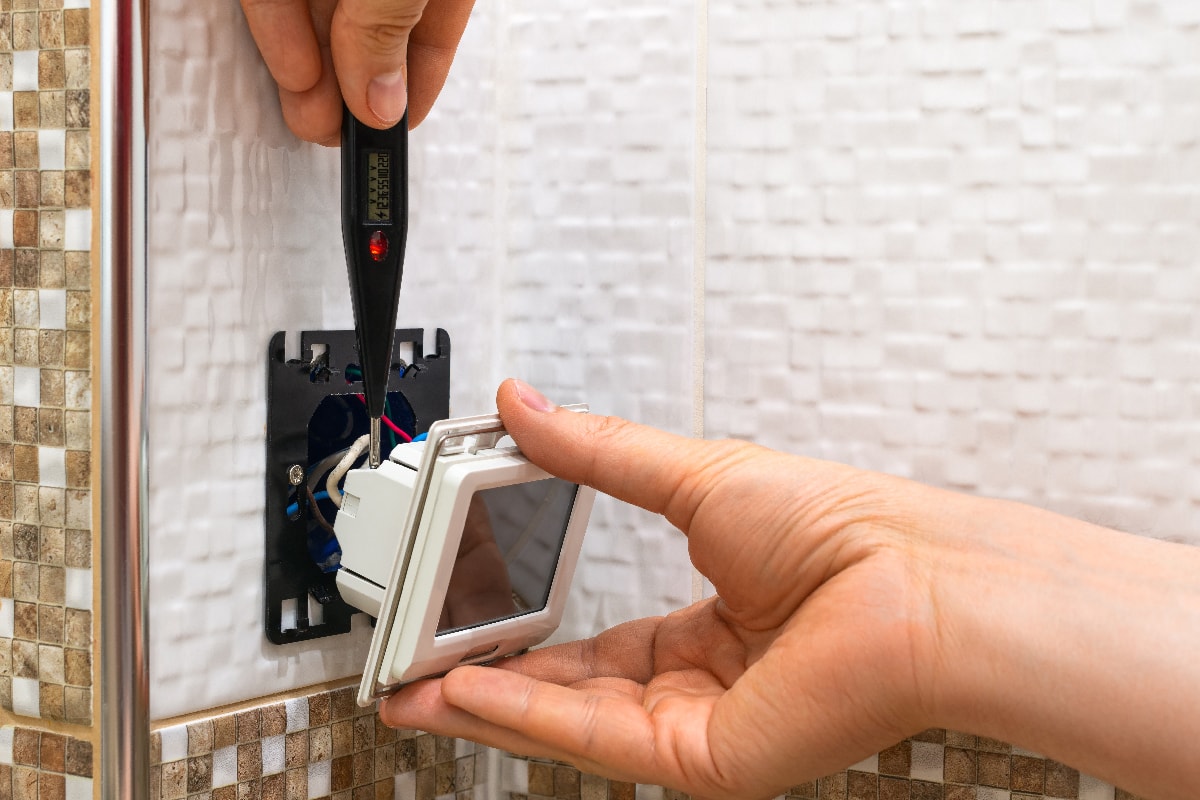
A back plate of the thermostat prevents air from leaking from behind the device. The thermostat wires come from the wall hole where the back plate wire path is aligned. Any air emerging from the hole is led away toward your thermostat.
The back plate insulates the thermostat from direct contact with the hot or cold air from that hole. You can also strengthen its insulation layer by adding a closed cell foam sheet, besides those additional options stated above. Certainly, this will always depend on what insulation resources you already have or want to buy.
How Do I Test The Room Before Installing My Thermostat?
Testing your room before starting or deciding where to install the thermostat is always a good idea. It is recommended to take a thermal reading of each room where you consider installing the thermostat. This is critical to ensure that your thermostat will get an accurate, reliable temperature reading.
You can begin testing each wall in the room in your house. Note that an outer wall's temperature depends on the outside thermal condition. Its reading might register three to eight degrees warmer or colder than the house's interior. Furthermore, place your thermostat at a four to five-foot chest level height for a better reading result.
As you might not know, heat rises between the floor and ceiling. This can often alter the thermal reading by three to six degrees Fahrenheit during warm or cool months. Also, it's good to be aware that room temperatures could fluctuate by 10 degrees Fahrenheit if thermal insulation is inadequate.
Why Does The Location Of Your Thermostat Matter?
Many people are aware that a good thermostat could affect their daily routines and monthly expenses. However, did you know that the thermostat location impacts how comfortable your home is? The appropriate thermostat placement is essential to maintaining the ideal temperature in your house for you and your family.
What's more, proper positioning of your thermostat can also cut down your power bills. So make sure to follow this vital information to ensure your thermostat will always serve you with precise thermal readings.
Where To Locate The Thermostat [And Locations To Avoid]?
The biggest thing you want to avoid when locating the thermostat is an area with exterme temperatures. For instance, keep away from installing your thermostat next to home fixtures such as lamps, TVs, or kitchen appliances such as refrigerators or toasters. These locations are notorious for rapid temperature changes, making it challenging for your thermostat to work properly.
The best place to install your thermostat is in an area where you and your family tend to spend the most time. In this way, you can comfortably enjoy your favorite areas of the house. Additionally, don't put your thermostat near drafty windows or doorways, or in direct sunlight.
Improper placement in certain locations could result in "ghost" or inaccurate readings and would control your heating and cooling systems ineffectively.
Is It Good To Cover A Thermostat?
Sometimes we want to be so creative in terms of the aesthetics of our living spaces. It could seem like a great idea to cover your thermostat with curtains or frames to add some décor to your wall. Consequently, if your thermostat is hidden, it won't properly measure the temperature in your home.
This is due to the possibility that it could lead the thermostat to assume that the space it monitors is warmer or colder than it is. You must always be mindful of these aspects that could cause your thermostat to malfunction.
How Do You Trick A Thermostat To Make It Colder Or Warmer?
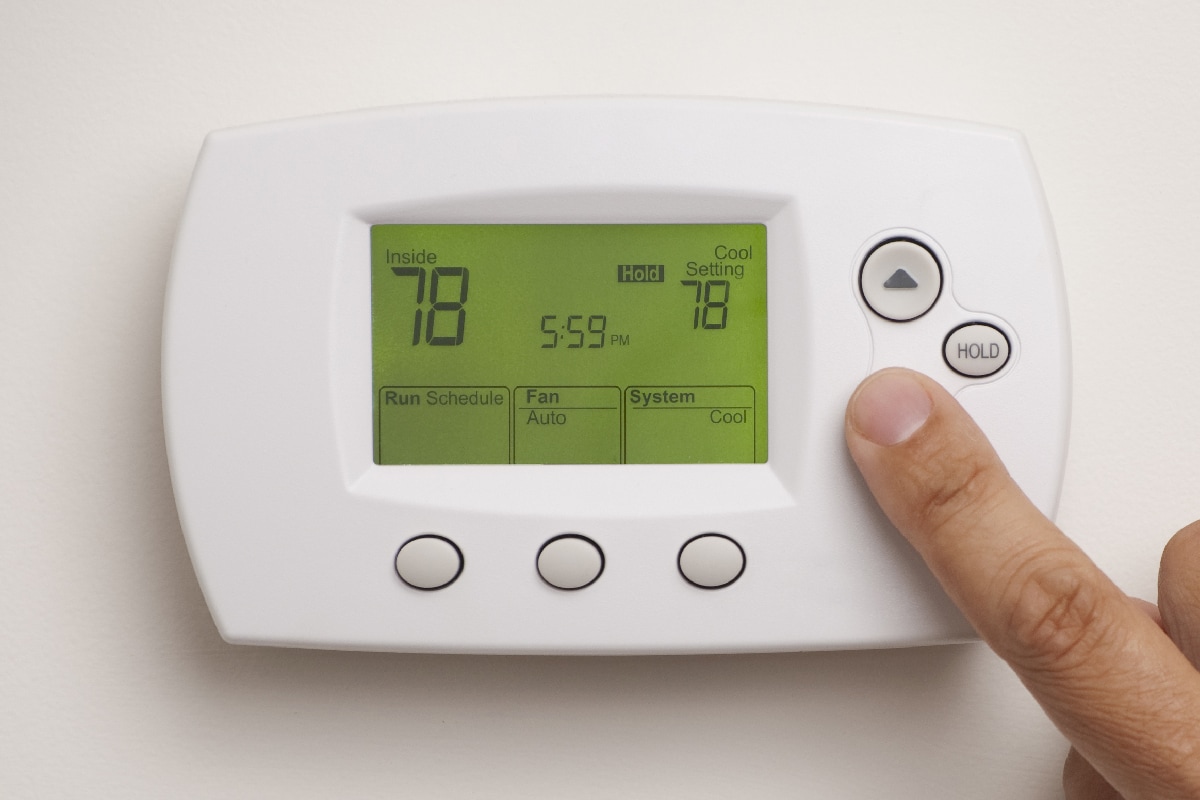
You can trick a thermostat into increasing the temperature by putting a cold pack of ice around the thermostat device.
Tricking it for cooler temperatures, try rubbing your hand until it gets warm and placing it in front of your thermostat. These methods can force the device into thinking that the space is too cold or warm.
However, forcing a significant temperature increase or drop causes your central air system to work even harder. This could also result in longer operational cycles before your home's interior temperature hits the desirable thermal level. In essence, it does not always lead to a quicker air cooling or heading operation.
What Are The Insulation Materials That Work Effectively In Walls?
Wall insulation can help your thermostat operate optimally. However, the options can be overwhelming, so follow us below to learn more details about some walls insulation products that might work for you:
Batts Or Blanket Insulation
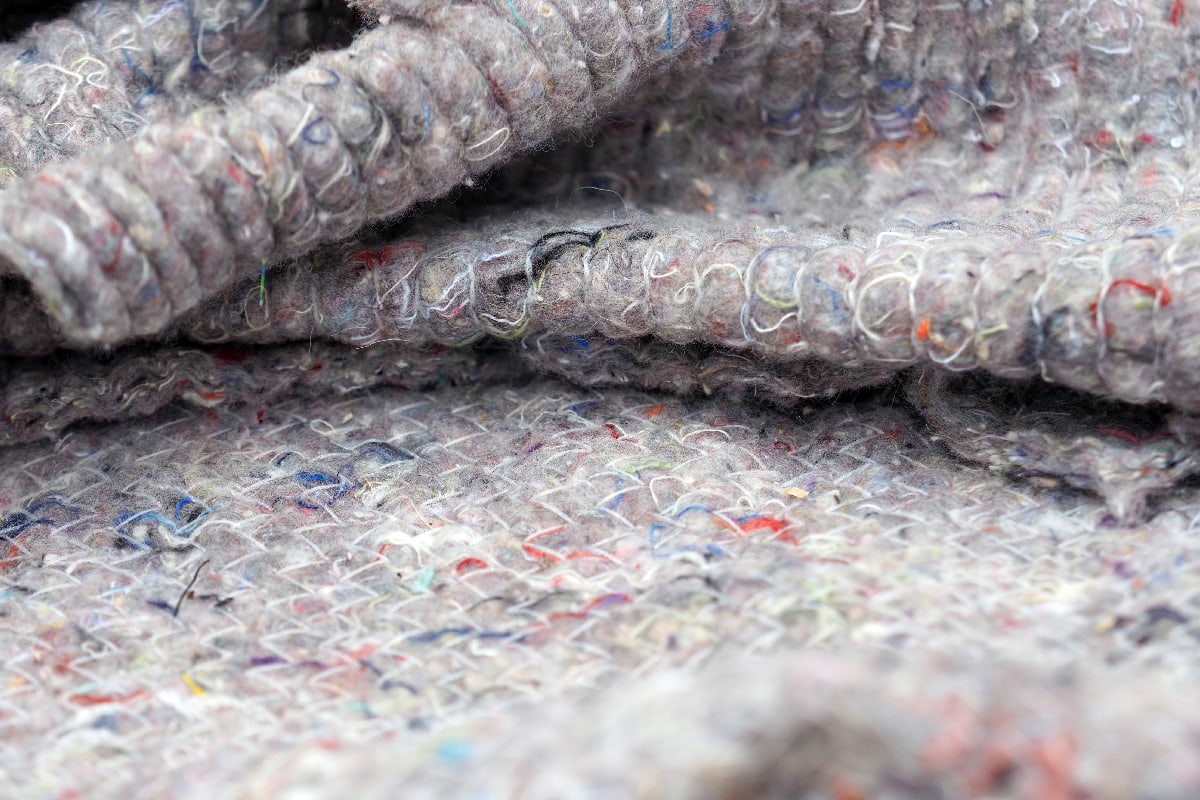
Batts or blankets are a good option for both internal and external walls. Besides, these insulations are easy to install and successfully minimize heat transfer around difficult installation settings.
Take a look at this batts insulation on Amazon.
Foam Board Insulation
Foam boards have a strong compressive and insulating strength for their comparatively low thickness. Closed-cell insulation boards aid in preventing the airflow, which can inhibit the transfer of heat.
See this waterproof closed-cell insulation foam on Amazon.
Reflective Foil Insulation
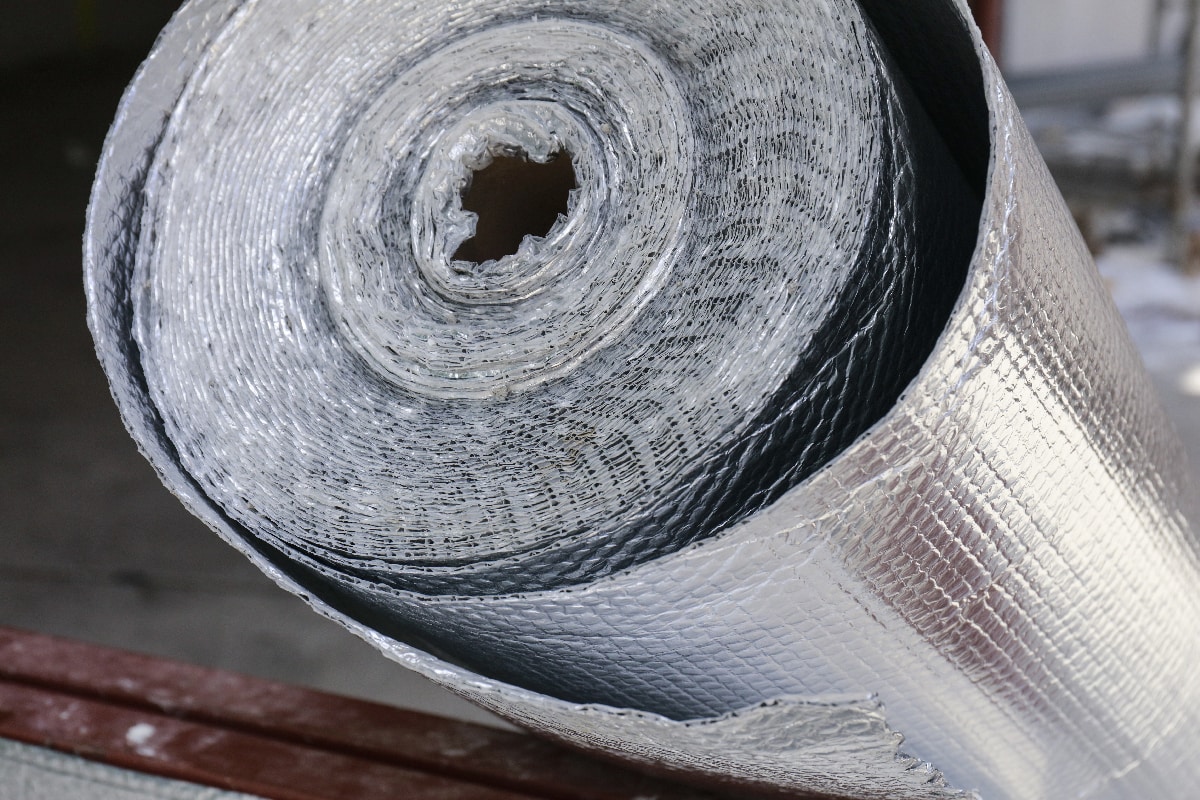
Reflective foil is also a great alternative for external walls to help deflect solar heat away from your home. This kind of insulation does a great job of keeping your house cool when it's extremely hot outside.
Get this reflective foil insulation on Amazon.
To Wrap Things Up
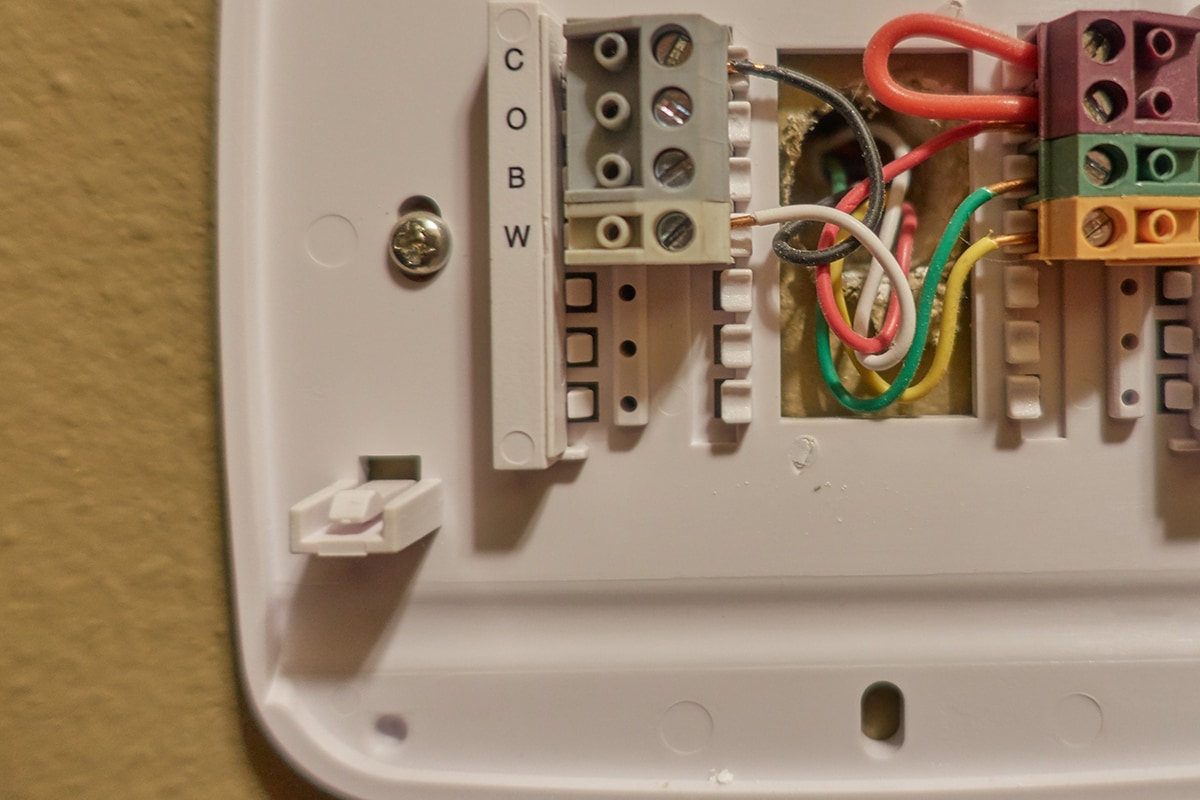
Your thermostat is a vital piece of the device that maintains your home's comfortable temperature. However, insulating the back of your thermostat can make its functionality even greater. Throughout this post, we've covered how you quickly and easily insulate your behind thermostat.
We also provide you with some information on how to test your house before installing your thermostat. We've also addressed what places should you position your thermostat for a better operational experience. We hope all of this knowledge help you and use this to your advantage.
Made it to the end? Have a quick visit to our other article below!
Ecobee Thermostat Causing A Burning Smell – Why And What To Do?
Mysa Thermostat Does Not Respond In Homekit – Why And What To Do?



